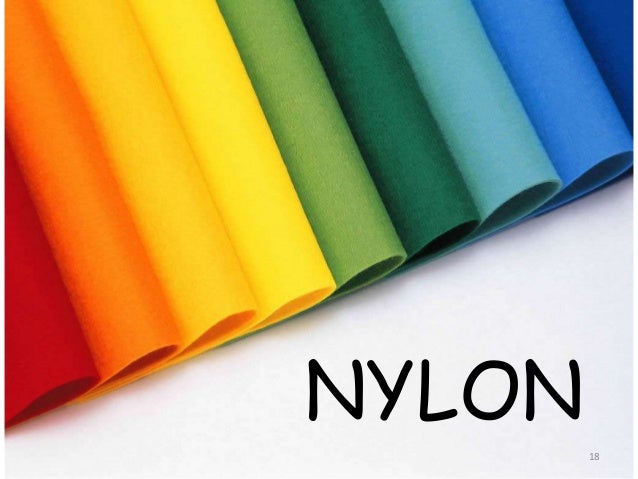While not as commonly brought up in discussion as PLA or ABS, nylon has an enduring popularity within the 3D printing industry. Most of the people who use it, swear by it. For this reason, we decided to do an article for those who might be interested in this filament and its properties.
We’ve covered Nylon filaments before, but not as an overall of the material. This article is meant to cover the general data and provide some basic information.


About Nylon
Nylon is also referred to as polyamide. There are many types of Nylon filaments on the market. Nylon is applicable to FFF/FDM, SLS and SLA printing. As a material, it is harder to require extra work from users. This can be in the form of adjusting temperatures and maybe even the extruder.
Nylon is often used when an object requires both strength and a little bit flexibility. Nylon is also very popular when it comes to printing projects when colour is important. This is because it is hydroscopic. This means it absorbs liquids. A side effect of this feature is that users can leave it in liquid fabric dyes and it will take on that colour.
Companies Making Consumer Goods
Since nylon has such a unique durability to flexibility ratio, it is an obvious choice for furniture manufacturers and other types of items that need a hardened yet resilient frame. It is also suitable for those looking to make flexible industrial parts, prosthetics, medical equipment and complex costumes. It has been used for gears, fixtures and door hinges because these items requires a bit of flexibility. Tougher types of nylon are also used for automobile manufacturers.
Why Nylon?
Nylon has its own distinct advantages:
- It is very durable.
- Nylon also has an excellent strength to flexibility ratio.
- There’s very little warpage.
- Nylon is easily coloured/dyed. This is because, while it absorbs water, a positive side-effect is that it can do the same for dyes.
- Very few rough edges after the print is complete. As a result, it produces smooth end products with little need for post-processing.
- UV resistant and higher chemical resistance than PLA or ABS.
Disadvantages
- Nylon is hydroscopic. Therefore, it must be kept dry. You can resolve this by putting it in the oven pre-print.
- Will require more work to set up your printer. Conversely, some printers will be entirely unsuitable (check your printers max. extruder temp).
- It also expires. A lot of nylons have a shelf life of 12 months.
- Containment: Some nylon filaments also need to be kept in moisture free containers.
- Nylon can (potentially) shrink during cooling so builds may be less precise.
Basic Printer Requirements
There are quite a few printers that are capable of printing with Nylon. In case you’re planning to switch to Nylon with the same printer, remember to recalibrate it. If you were using a different filament recently, also clean up the printhead.
- Closed/ Heated chamber.
- Heated bed not necessary for all nylon filaments (yet preferable).
- Adhesion sheets. These are required on certain print beds because nylon is difficult to adhere. BuildTak is an example of a good adhesion sheet producer.
- If you can’t get an adhesion sheet, some users recommend regular glue sticks to add stickiness. This is particularly necessary if you have a glass bed.
- All-metal hot-end.
- Best to print on 200 micron resolution.
- Drybox for the filament.
Temperature Requirement
Things can get tricky here. Nylons can vary widely in terms of temperatures, cause each brand has their own range of nylons. The required temperature will depend on the size or polymer type being used. Therefore, temperatures can range from 220°C all the way up to 280°C.
Which Companies Use Nylon?
Filament Manufacturers
Taulman 3D specialises in nylon and thus has a wide range of filaments available. Each filament serves a separate purpose and targets different interests or activities. Therefore, you should choose a filament carefully. 3D systems offers nylon filaments as well. Here, you can view a helpful infographic they provide on their website.
Nexeo solutions is another producer. They’re filament requires lower nozzle temperatures if you’re 3D printer isn’t up to the task.
Nexeo solutions is another producer. They’re filament requires lower nozzle temperatures if you’re 3D printer isn’t up to the task.


